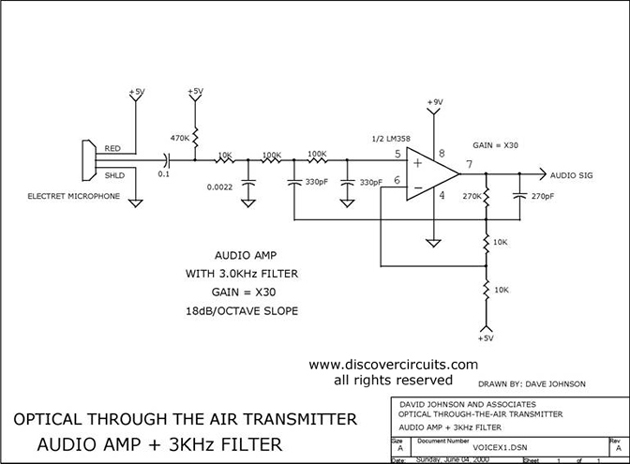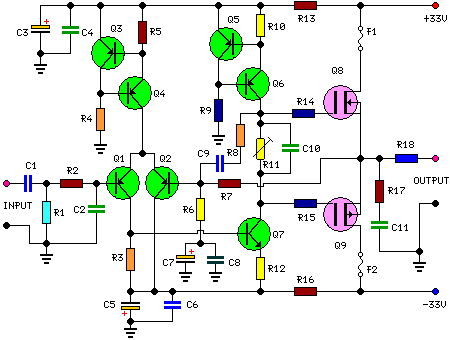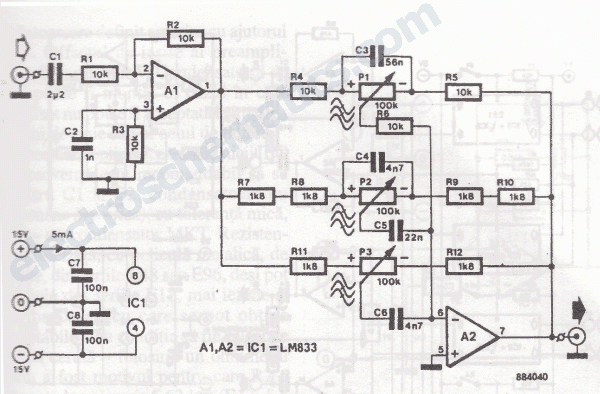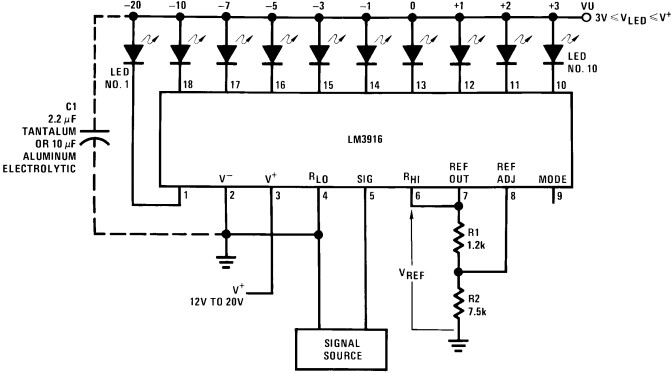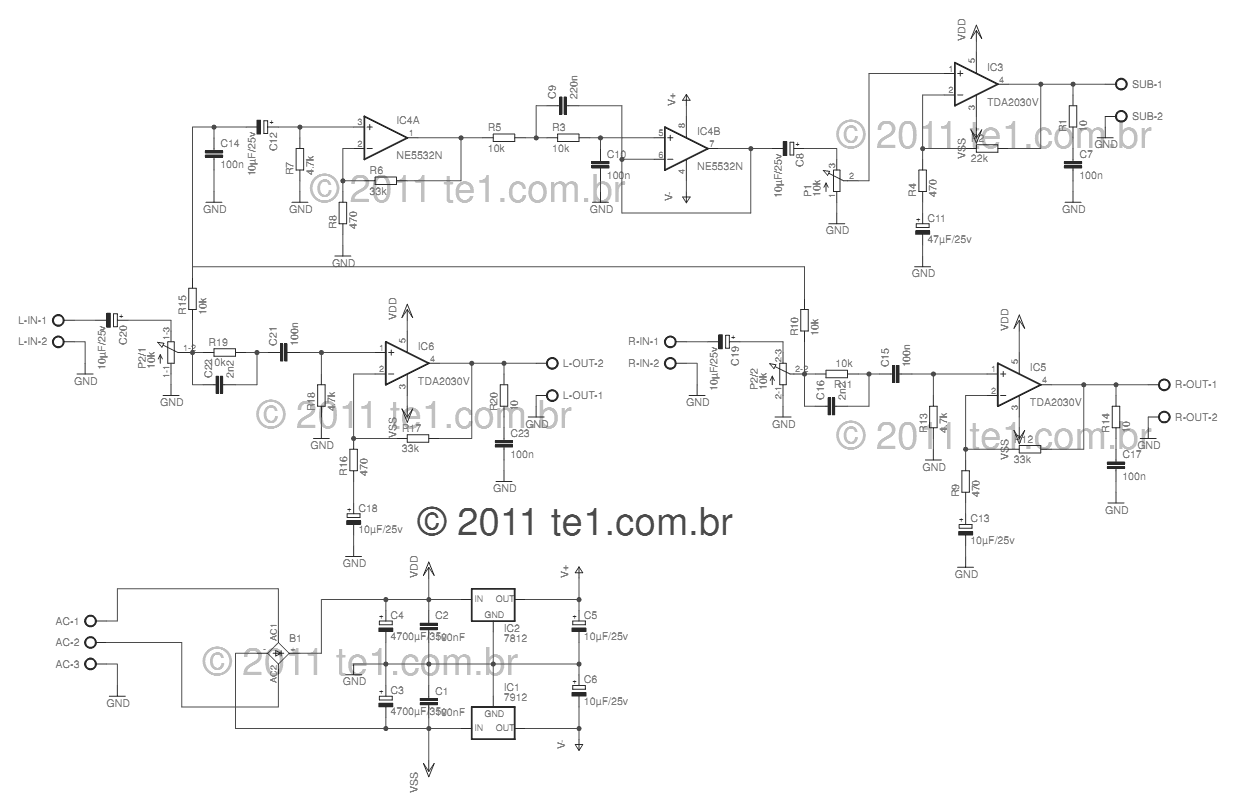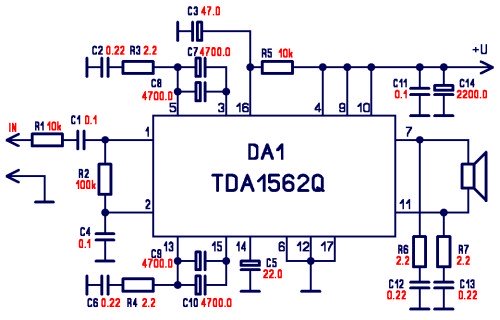
Audio Stereo Amplifer
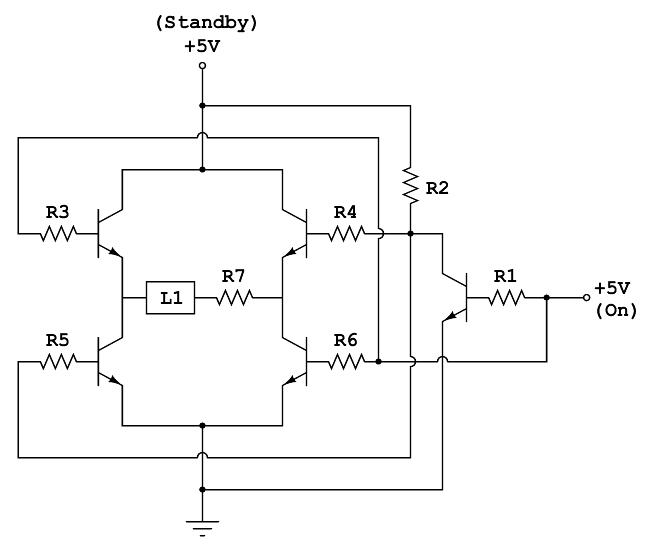
This setup has a disorganized arrangement of wires, prompting the decision to remove both components from their respective housings and place them in a custom-built enclosure. While undertaking this task, additional features such as a VU meter and volume control will be incorporated. The project focuses on constructing a stereo amplifier using various components and parts. The system is designed to be modular, allowing for easy changes, upgrades, replacements, or the addition of new features. The power supply unit (PSU) provides a standby rail (+5VSB, purple wire) to power circuits that require input during the unit's powered-down state. A red LED, powered by this rail, will indicate when the unit is connected to the main power, turning green when the unit is activated. This function relies on the PWR_OK (+5V, gray wire) signal. Notably, an H-bridge can be utilized to switch the polarity applied to a bi-color LED, requiring a specific configuration for the H-bridge switch. The amplifier will include a volume control, easily implemented with a logarithmic potentiometer on the input. Additionally, using a circuit based on the Philips TDA1524 chip will provide tone (bass and treble) and balance control. Further details on constructing this module are available.
The stereo amplifier project emphasizes a modular approach, allowing for flexibility and adaptability in design. The custom-built enclosure will house the amplifier components, ensuring a neat and organized assembly. The inclusion of a VU meter not only enhances the functionality but also provides visual feedback on audio levels, contributing to a more interactive user experience.
The power supply unit plays a crucial role in the operation of the amplifier. The +5VSB standby rail ensures that critical components remain powered even when the amplifier is in a low-power state. The red LED serves as an essential indicator, signaling the connection to mains power, while the transition to green upon activation confirms the amplifier's operational status. The PWR_OK signal is integral to this process, ensuring that the system is ready for use.
The implementation of an H-bridge circuit for the bi-color LED adds versatility to the visual indicators on the amplifier. This configuration allows for dynamic signaling, where the LED color changes based on the amplifier's state, providing immediate visual cues to the user.
The volume control will be achieved using a logarithmic potentiometer, which is standard in audio applications due to its ability to provide a more natural response to human hearing. The integration of the Philips TDA1524 chip not only simplifies the volume control process but also introduces advanced features such as tone and balance control. This chip is well-regarded for its performance in audio applications, offering precise control over sound characteristics.
Overall, this project encompasses a comprehensive approach to building a stereo amplifier, focusing on modularity, functionality, and user experience. Detailed instructions for constructing the tone and balance control module based on the TDA1524 chip are essential for achieving the desired audio quality and performance.This setup is quite messy in terms of wires, so I`ve decided to remove both from their respective housings and place them in a nice, custom-built box. Right, so while I`m about to do that, aren`t there any other goodies toadd, like a VU meter and volume control Yes, which is what this project is about ” how to built a stereo amplifier from various components and parts.
Everything is modular, so the system components can easily be changed, upgraded, replaced or have new goodies added. The PSU provides us with a standby rail (+5VSB, purple wire), which is used to power circuits that require power input during the powered down state of the unit.
A red LED, powered through this rail, will indicate that the unit is plugged into the main power. This LED should then turn to green when the unit is actually switched on. For this function we must use the PWR_OK (+5V, gray wire) signal. Two interesting aspects of the required circuit are that we can use an H-bridge to switch the polarity applied to a bi-colour LED and that the switch for the H-bridge needs to be of a special configuration. I would like this amplifier to have a volume control. This can easily be achieved with a logarithmic potentiometer on the input, but by using a circuit based on the Philips TDA1524 chip I also get tone (bass & treble) and balance control.
Details on how to build this module can be found here. 🔗 External reference
The stereo amplifier project emphasizes a modular approach, allowing for flexibility and adaptability in design. The custom-built enclosure will house the amplifier components, ensuring a neat and organized assembly. The inclusion of a VU meter not only enhances the functionality but also provides visual feedback on audio levels, contributing to a more interactive user experience.
The power supply unit plays a crucial role in the operation of the amplifier. The +5VSB standby rail ensures that critical components remain powered even when the amplifier is in a low-power state. The red LED serves as an essential indicator, signaling the connection to mains power, while the transition to green upon activation confirms the amplifier's operational status. The PWR_OK signal is integral to this process, ensuring that the system is ready for use.
The implementation of an H-bridge circuit for the bi-color LED adds versatility to the visual indicators on the amplifier. This configuration allows for dynamic signaling, where the LED color changes based on the amplifier's state, providing immediate visual cues to the user.
The volume control will be achieved using a logarithmic potentiometer, which is standard in audio applications due to its ability to provide a more natural response to human hearing. The integration of the Philips TDA1524 chip not only simplifies the volume control process but also introduces advanced features such as tone and balance control. This chip is well-regarded for its performance in audio applications, offering precise control over sound characteristics.
Overall, this project encompasses a comprehensive approach to building a stereo amplifier, focusing on modularity, functionality, and user experience. Detailed instructions for constructing the tone and balance control module based on the TDA1524 chip are essential for achieving the desired audio quality and performance.This setup is quite messy in terms of wires, so I`ve decided to remove both from their respective housings and place them in a nice, custom-built box. Right, so while I`m about to do that, aren`t there any other goodies toadd, like a VU meter and volume control Yes, which is what this project is about ” how to built a stereo amplifier from various components and parts.
Everything is modular, so the system components can easily be changed, upgraded, replaced or have new goodies added. The PSU provides us with a standby rail (+5VSB, purple wire), which is used to power circuits that require power input during the powered down state of the unit.
A red LED, powered through this rail, will indicate that the unit is plugged into the main power. This LED should then turn to green when the unit is actually switched on. For this function we must use the PWR_OK (+5V, gray wire) signal. Two interesting aspects of the required circuit are that we can use an H-bridge to switch the polarity applied to a bi-colour LED and that the switch for the H-bridge needs to be of a special configuration. I would like this amplifier to have a volume control. This can easily be achieved with a logarithmic potentiometer on the input, but by using a circuit based on the Philips TDA1524 chip I also get tone (bass & treble) and balance control.
Details on how to build this module can be found here. 🔗 External reference
